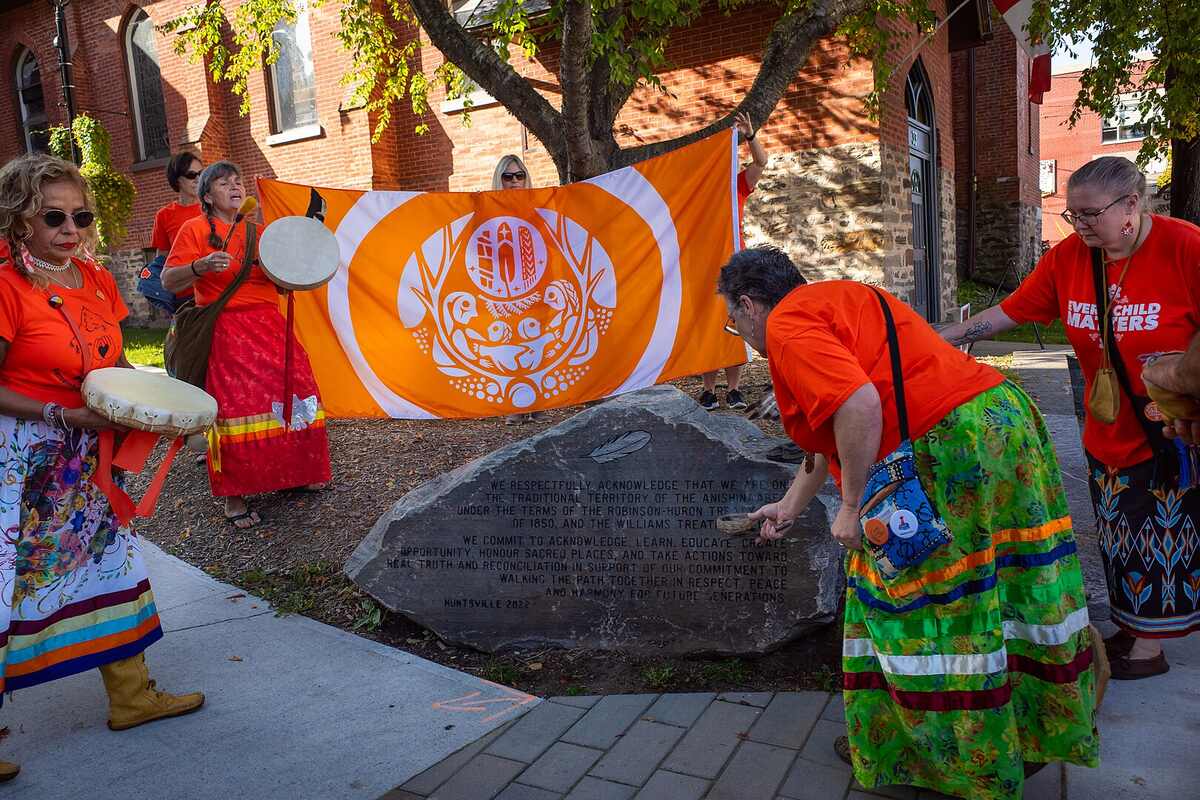The National Day for Truth and Reconciliation, observed annually on September 30th, serves as a day of reflection on the painful legacy of Canada’s residential school system. It also provides an opportunity for Canadians and visitors to honour the diverse cultures, traditions, and deep-rooted connections of Indigenous peoples to the land. Exploring Indigenous-led tourism offers travelers a meaningful way to learn about and support these communities. Here’s how you can approach travel on this day to both honour and respect the land and its original inhabitants.
Understanding the National Day for Truth and Reconciliation
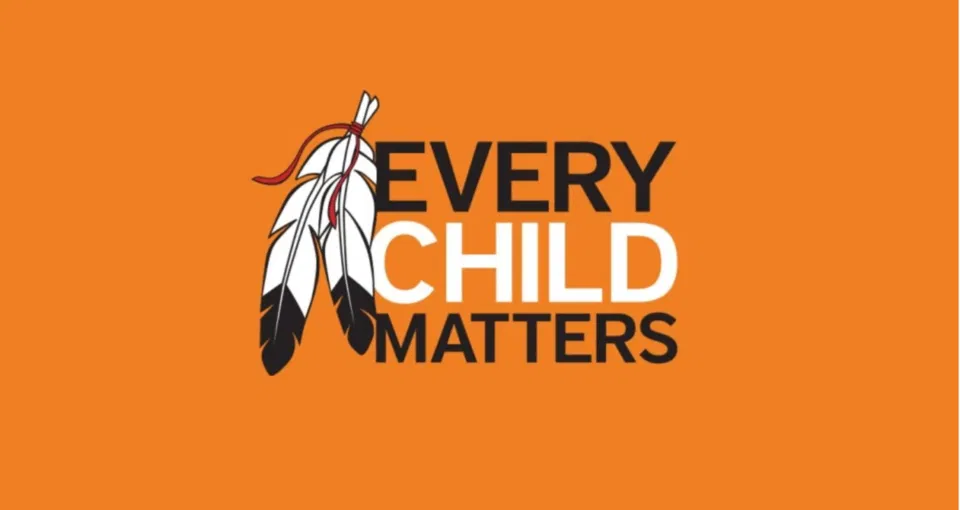
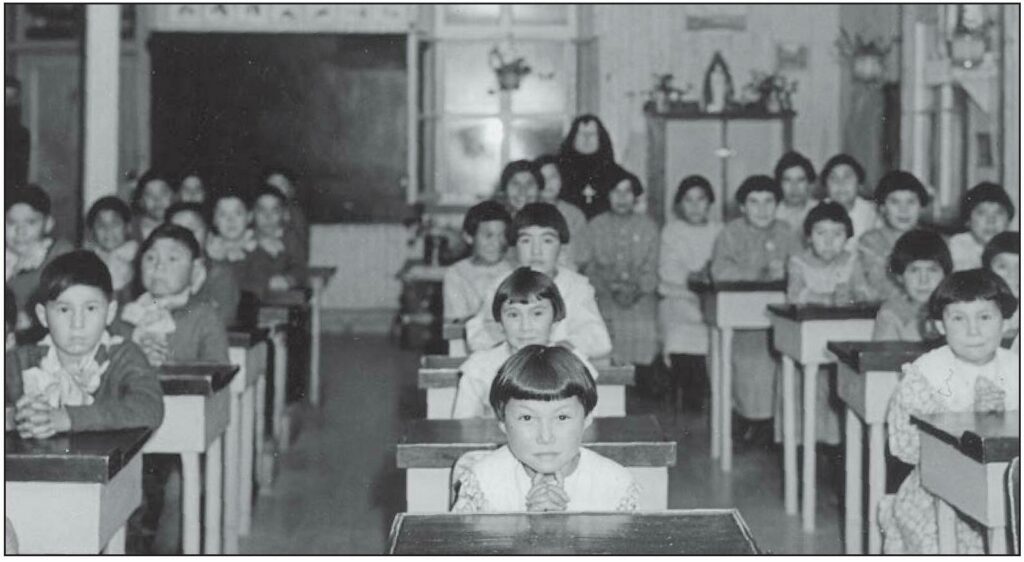
The National Day for Truth and Reconciliation was established in 2021 following the Truth and Reconciliation Commission’s calls to action. It is meant to honour the survivors of residential schools, as well as their families and communities, acknowledging the harmful effects and trauma caused by these institutions. The day stems from “Orange Shirt Day,” which began in 2013 to recognize the history and experiences of Indigenous children who were taken from their families and placed in residential schools.
Recognizing this day as a national holiday represents a step toward acknowledging the past and taking action towards reconciliation. It offers a chance for Canadians and visitors to educate themselves about Indigenous history, culture, and contemporary issues, including the ongoing work for justice and equality. Travelers can use this day to engage with Indigenous communities, learn about their cultures, and pay respect to the lands they call home.
Exploring Indigenous-Led Tourism and Cultural Experiences

One way to honour the National Day for Truth and Reconciliation is by seeking out Indigenous-led tourism experiences. Many Indigenous communities across Canada welcome visitors to learn about their history, cultural practices, and connection to the land. These experiences often provide invaluable insights into Indigenous knowledge, traditions, and the importance of land stewardship.
- Indigenous Heritage Sites: Explore heritage sites such as Head-Smashed-In Buffalo Jump in Alberta or Wanuskewin Heritage Park in Saskatchewan, which offer an opportunity to learn about the traditions, history, and cultural significance of Indigenous peoples. These sites are often managed by Indigenous communities and provide guided tours and educational programs that share their stories and knowledge.
- Cultural Centres and Museums: Visit Indigenous cultural centers and museums, such as the Canadian Museum for Human Rights in Winnipeg or the Bill Reid Gallery in Vancouver, which showcase Indigenous art, history, and perspectives. These spaces serve as vital resources for learning about the profound impacts of colonization and the resilience of Indigenous cultures.
- Learning Through Workshops: Many Indigenous communities offer workshops and programs that teach traditional crafts, storytelling, and practices like smudging ceremonies, offering a chance for travelers to participate respectfully and gain a deeper understanding of Indigenous culture.
Respecting the Land: Sustainable and Responsible Travel Practices
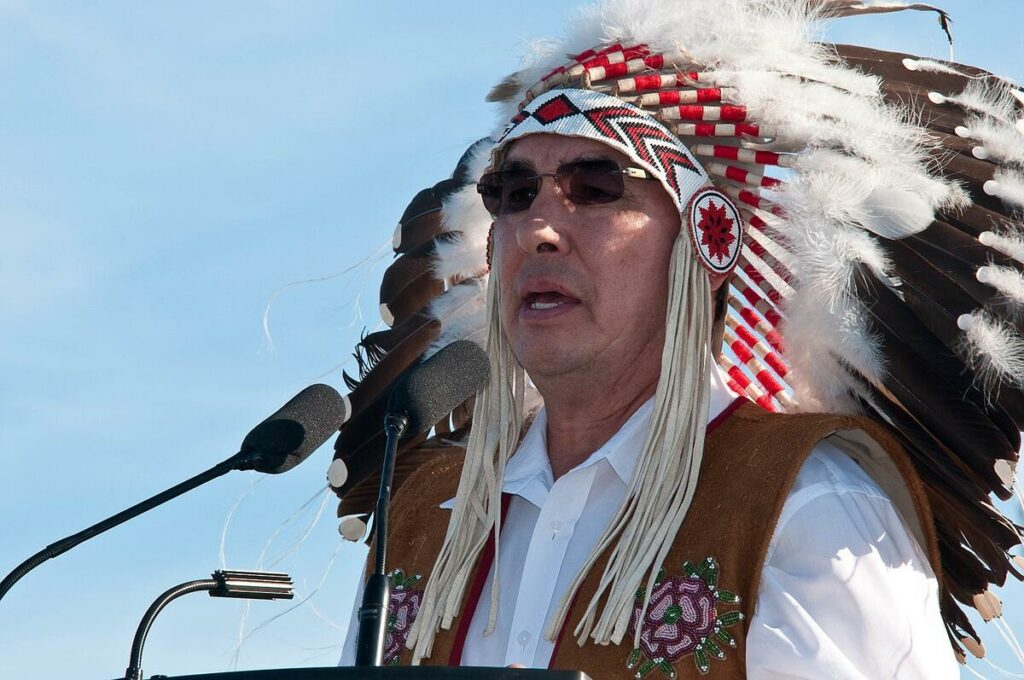
When traveling on Indigenous lands, it is crucial to practice sustainability and respect for the environment. Indigenous peoples have long held a deep connection to the land, seeing it not as a resource to be exploited but as a living entity to be cared for. As visitors, adopting a similar mindset can be an act of solidarity and respect.
- Leave No Trace: Follow the principle of leaving no trace by minimizing your impact on the natural surroundings. Whether hiking in the Rocky Mountains or exploring National Parks of Ontario, be mindful of your environmental footprint and treat the land with the same care that Indigenous peoples have for generations.
- Supporting Indigenous Businesses: Opt to support Indigenous-owned businesses, such as eco-lodges, art galleries, and markets. Not only does this provide economic support to Indigenous communities, but it also ensures a more authentic and enriching travel experience. For example, staying at an Indigenous-run accommodation like the Tsa-Kwa-Luten Lodge on Vancouver Island provides insight into local culture and fosters connections with community members.
- Guided Tours with Indigenous Knowledge Keepers: Participating in tours led by Indigenous knowledge keepers can deepen your understanding of the land’s history and significance. Guides share traditional knowledge about the natural world, offering a perspective that promotes conservation and respect for the environment.
Acknowledging and Honouring Indigenous Traditions
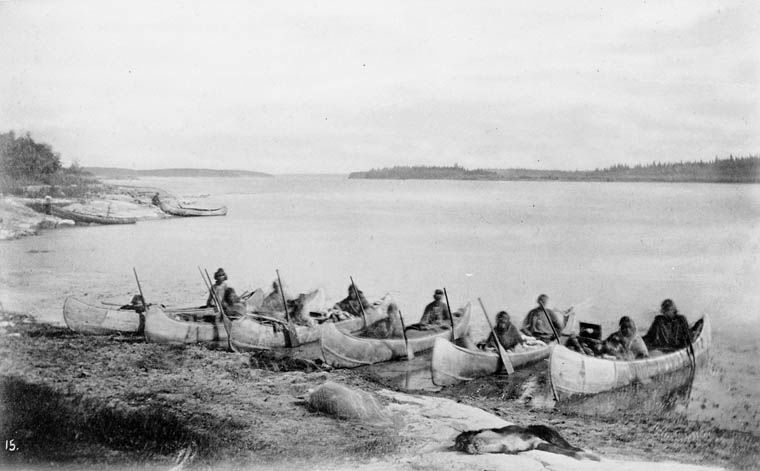
Traveling with the intention of learning and acknowledging Indigenous traditions can be a powerful way to honour the National Day for Truth and Reconciliation. Many Indigenous communities have their own unique customs, languages, and practices, which have been passed down through generations.
- Participate Respectfully in Ceremonies: Some Indigenous communities may offer visitors the chance to witness or take part in traditional ceremonies, such as powwows, drumming circles, or storytelling sessions. Participation should always be approached with respect and an understanding of cultural sensitivities. Always seek permission and guidance from community members before engaging in these activities.
- Learning the Land’s True Names: Many places in Canada are known by their Indigenous names, which reflect their deep cultural and spiritual meanings. Learning and using these names can be a way of honouring the land’s Indigenous heritage. For instance, the city of Toronto originates from the Mohawk word “Tkaronto,” which means “where there are trees in water.” Acknowledging these names in your travels enriches your connection to the land.
Embracing Reconciliation Through Travel
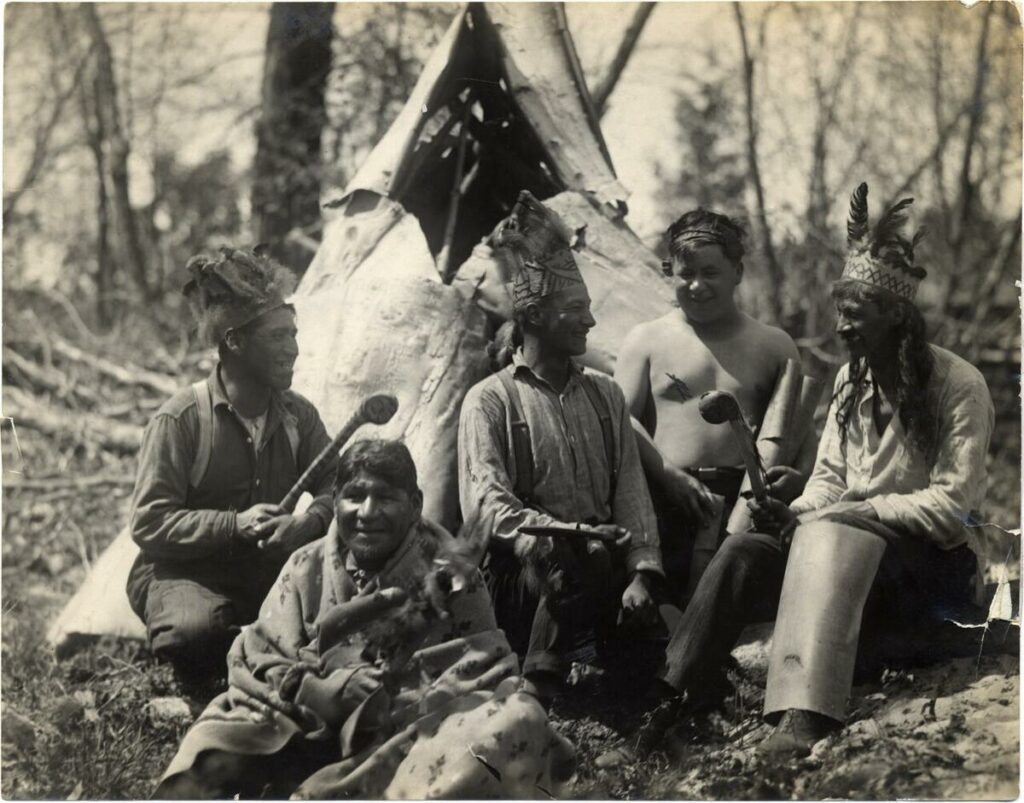
As travellers, embracing the spirit of reconciliation means acknowledging the past, learning from Indigenous communities, and adopting respectful practices that honour their connection to the land. The National Day for Truth and Reconciliation is not just a moment of reflection but an ongoing commitment to support Indigenous peoples’ rights, culture, and self-determination.
Exploring Canada from a perspective that honours and respects its Indigenous heritage can transform how we view travel. It shifts the focus from mere sightseeing to a more meaningful engagement with the land and its original caretakers. This journey towards understanding and reconciliation is one that all can take, fostering deeper connections and a more profound respect for the land we call home.

